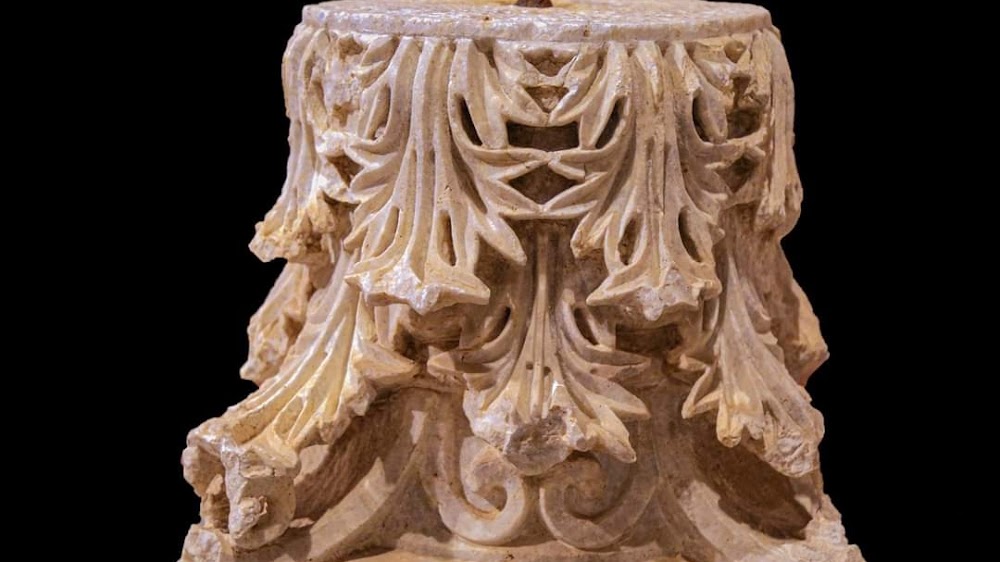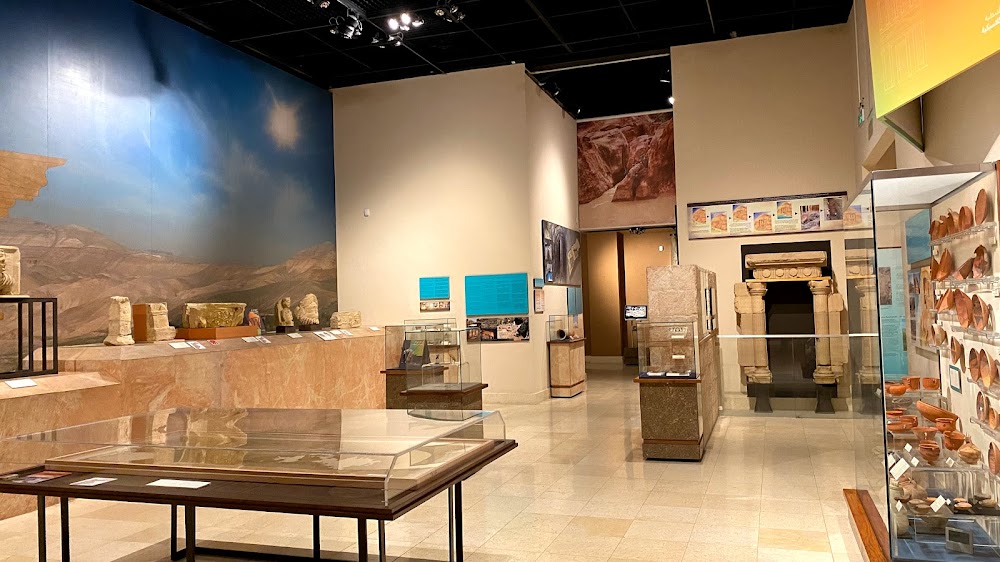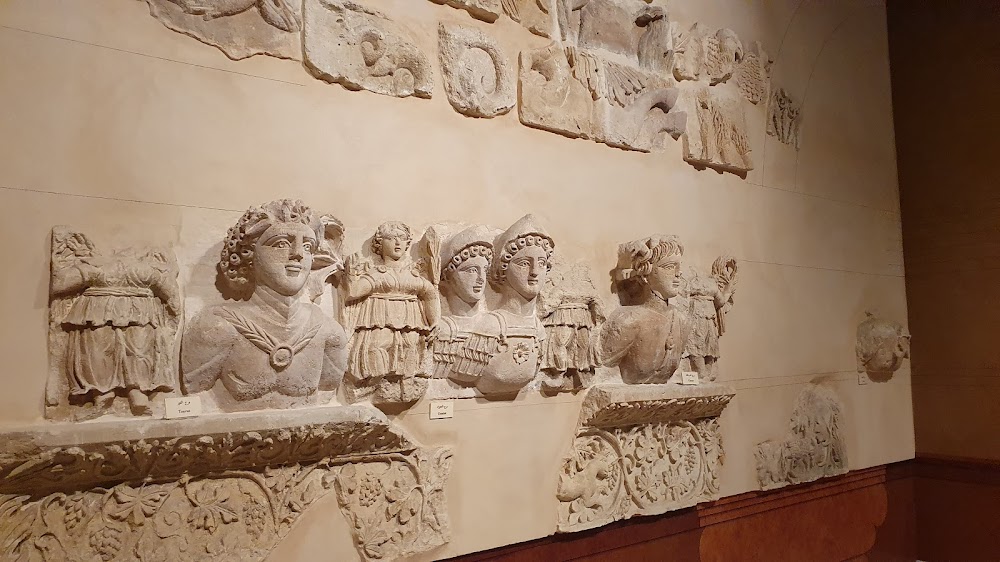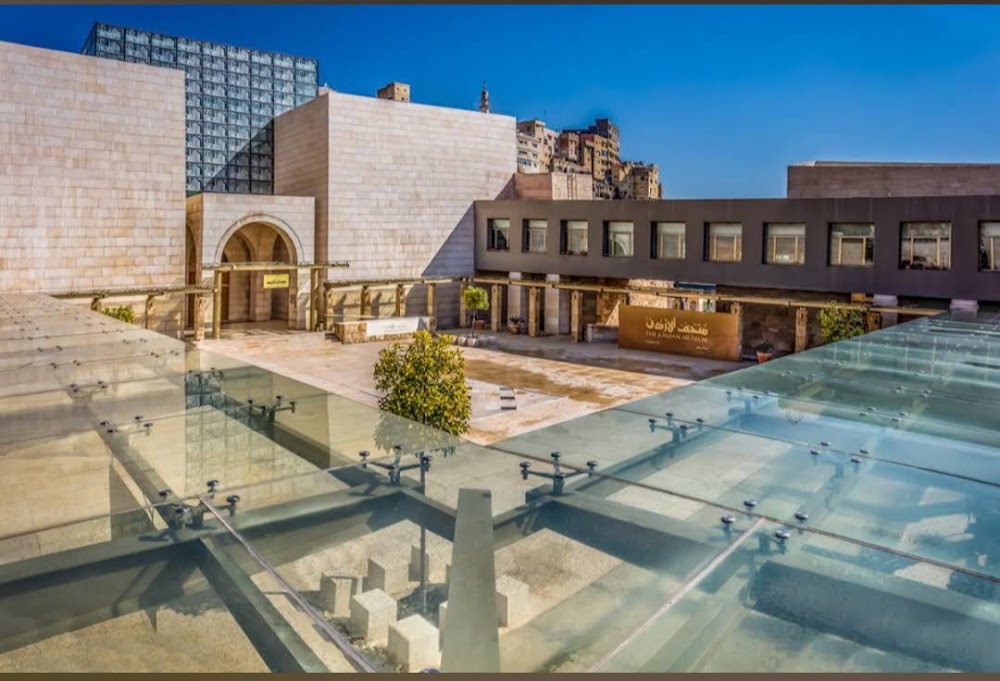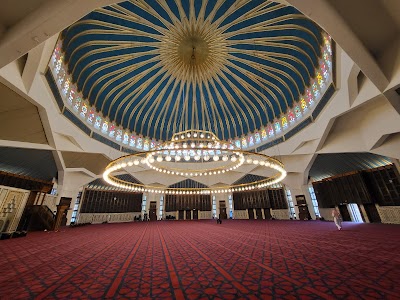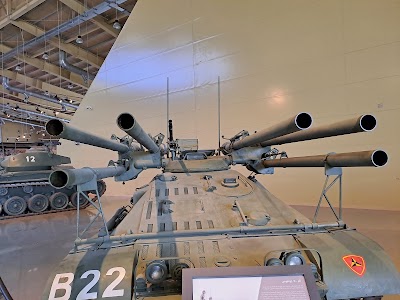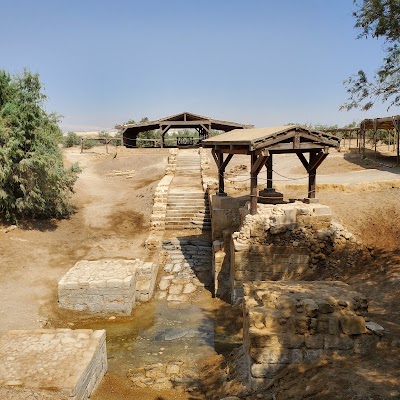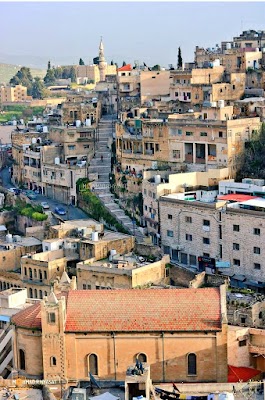Amman Museum (متحف عمان)
Overview
The Jordan Museum, often referred to as the Amman Museum, is a shining gem nestled in the vibrant heart of Amman, the capital of Jordan. This remarkable institution stands as a testament to the rich cultural and historical tapestry of the region, inviting visitors to embark on a journey through time.
The museum was born out of a vision to preserve and showcase Jordan's extensive historical and cultural heritage. Construction began in 2005, with a design that cleverly weaves together traditional and modern elements of Jordanian architecture. A dedicated team of architects, historians, and archaeologists meticulously worked on its creation, ensuring that every detail pays homage to the nation's illustrious past.
Situated in the bustling downtown area of Ras Al-Ayn, the museum spans over 10,000 square meters, making it one of the largest museums in Jordan. Officially opened to the public in 2013, it symbolizes a bridge between Jordan's ancient traditions and its evolving urban landscape.
One of the museum's standout features is its architectural design, which harmoniously blends contemporary aesthetics with nods to ancient civilizations. The structure utilizes local building materials, notably limestone, which is not only abundant in the region but also holds historical significance, integrating seamlessly with the surrounding landscape.
Inside, the museum's exhibits are carefully organized into chronological themes, chronicling Jordan's journey from prehistoric times to the modern era. Among its prized artifacts are the 1.5 million-year-old Acheulean hand-axes from the Eastern Desert, offering invaluable insights into early human history. Visitors can also admire items from the Bronze Age, Iron Age, and the classical periods of the Nabataeans, Romans, and Byzantines.
A highlight of the museum is its collection of the Dead Sea Scrolls, some of the most significant archaeological finds of the 20th century. These ancient manuscripts provide a rare glimpse into the religious and cultural practices of the region over two millennia ago. Additionally, the museum features statues from Ain Ghazal, believed to be among the oldest human statues ever crafted, dating back to around 7250 BCE.
Another important section of the museum is devoted to the Islamic eras, tracing the Umayyad, Abbasid, Mamluk, and Ottoman periods. The displays showcase intricate manuscripts, ceramics, and textiles, reflecting the artistic and intellectual advancements of these eras.
The Jordan Museum goes beyond traditional exhibits by incorporating innovative technology to create interactive and immersive experiences for visitors. High-definition video projections, touch-screen displays, and virtual reality simulations breathe life into Jordan's historical sites and artifacts. This modern approach transforms the museum into an educational hub, where visitors of all ages can engage with history in an exciting and dynamic way.
In addition to its permanent displays, the museum hosts temporary exhibitions, workshops, and educational programs. These initiatives often collaborate with international institutions, fostering cultural exchange that enriches the local community and deepens appreciation for global heritage.
As a cultural beacon, the Jordan Museum attracts scholars, historians, and tourists from around the world. It plays a pivotal role in preserving Jordan's legacy, ensuring that future generations can access their rich heritage. Through its thoughtful curation and state-of-the-art facilities, the museum celebrates the enduring spirit of Jordan, offering a captivating window into the past while looking forward to the future.


